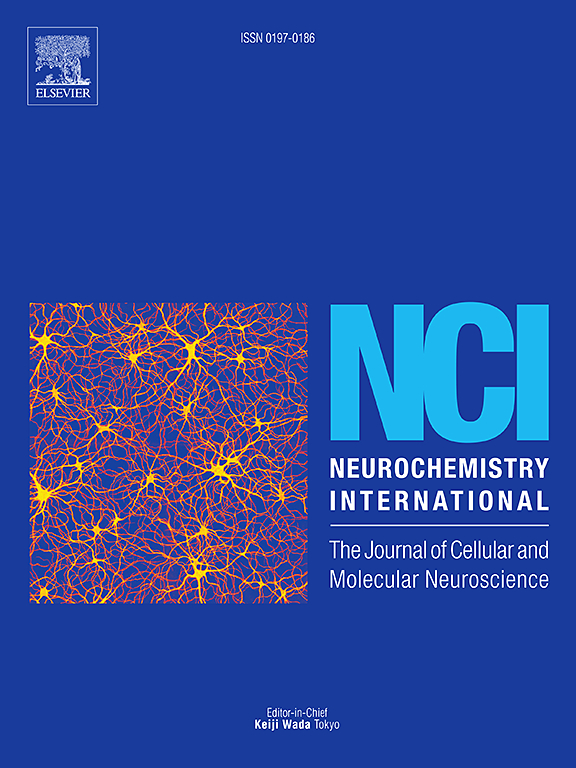Illustrating the distribution and metabolic regulatory effects of nuciferine by mass spectrometry imaging and spatial metabolomics
IF 4
3区 医学
Q2 BIOCHEMISTRY & MOLECULAR BIOLOGY
引用次数: 0
Abstract
Nuciferine has been widely used in traditional Chinese medicine compound preparations and natural edible resources. Most current studies have concentrated on its lipid-lowering and weight-loss effects, while relatively few have explored its impact on central nervous system disorders. To investigate the effects of nuciferine on the nervous system and its potential pharmacological mechanisms, we mapped the distribution of nuciferine and its key metabolites in brain microregions and major organs of mice using air-flow-assisted desorption electrospray ionization mass spectrometry imaging (AFADESI-MSI). Nuciferine was found to be distributed throughout the brain, particularly in the prefrontal cortex and hippocampus. Additionally, nuciferine was detected in several peripheral organs, including the heart, liver, kidneys, and spleen. We also identified the distribution of a major demethylated metabolite (M1), which correlated with the localization of the CYP1A2 enzyme. Metabolomic analysis revealed that nuciferine significantly alters purine metabolism, specifically increasing adenosine levels while decreasing xanthine and hypoxanthine. This metabolic shift suggests a potential enhancement of neuroinhibitory effects, contributing to nuciferine's sedative, hypnotic, and analgesic properties. These findings provide novel insights into the neuropharmacological mechanisms of nuciferine.

利用质谱成像和空间代谢组学技术阐明了灯叶碱的分布和代谢调节作用
荷叶碱广泛应用于中药复方制剂和天然食用资源中。目前大多数的研究都集中在它的降脂和减肥作用上,而相对较少的研究探讨了它对中枢神经系统疾病的影响。为了研究荷叶碱对神经系统的影响及其潜在的药理机制,我们利用气流辅助解吸电喷雾质谱成像技术(AFADESI-MSI)绘制了荷叶碱及其主要代谢物在小鼠脑微区和主要器官中的分布。Nuciferine被发现分布在整个大脑,特别是在前额皮质和海马体中。此外,在几个外周器官,包括心脏、肝脏、肾脏和脾脏中检测到nuciferine。我们还发现了一个主要的去甲基化代谢物(M1)的分布,这与CYP1A2酶的定位相关。代谢组学分析显示,nuciferine显著改变嘌呤代谢,特别是增加腺苷水平,而降低黄嘌呤和次黄嘌呤。这种代谢变化提示神经抑制作用的潜在增强,有助于荷花碱的镇静、催眠和镇痛特性。这些发现为灯心碱的神经药理学机制提供了新的见解。
本文章由计算机程序翻译,如有差异,请以英文原文为准。
求助全文
约1分钟内获得全文
求助全文
来源期刊

Neurochemistry international
医学-神经科学
CiteScore
8.40
自引率
2.40%
发文量
128
审稿时长
37 days
期刊介绍:
Neurochemistry International is devoted to the rapid publication of outstanding original articles and timely reviews in neurochemistry. Manuscripts on a broad range of topics will be considered, including molecular and cellular neurochemistry, neuropharmacology and genetic aspects of CNS function, neuroimmunology, metabolism as well as the neurochemistry of neurological and psychiatric disorders of the CNS.
 求助内容:
求助内容: 应助结果提醒方式:
应助结果提醒方式:


